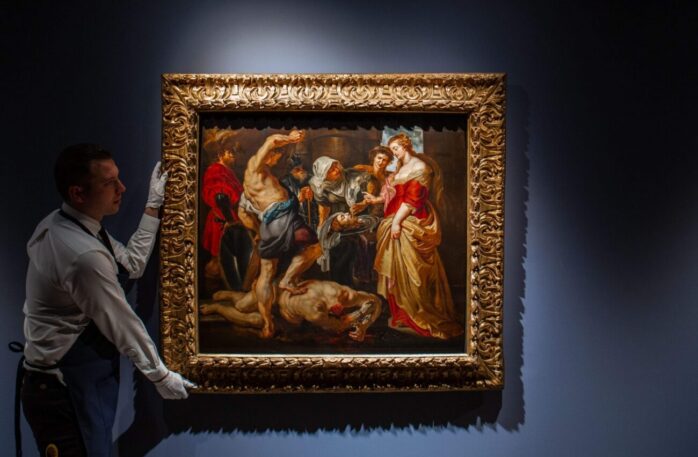
The annals of art history are marked by distinct periods that have shaped the evolution of artistic expression, leaving indelible imprints on culture and aesthetics. Among these epochs, the Baroque era stands as a resplendent tapestry that weaves together elements of drama, emotion, and exquisite technique. Spanning from the late 16th to the early 18th century, the Baroque movement transformed the artistic landscape with its dynamic compositions, theatrical narratives, and a profound exploration of light and shadow. This article embarks on a journey through the multifaceted world of Baroque art painting, unearthing its historical context, distinctive characteristics, and enduring legacy.
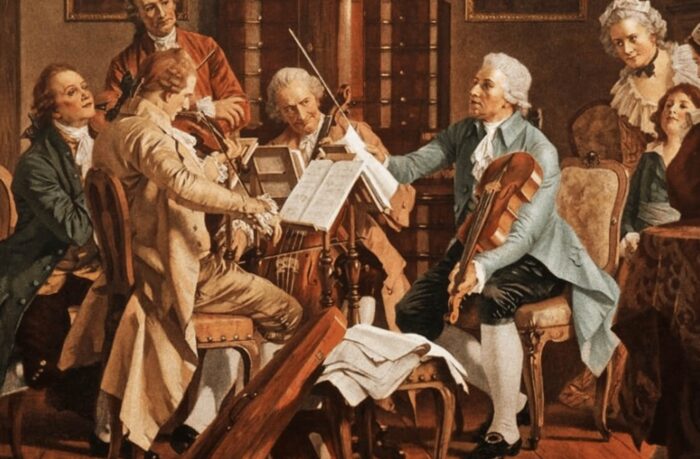
The Historical Backdrop: Emergence of the Baroque Era
The Baroque era emerged against a backdrop of societal upheaval, religious fervor, and political transformations. Beginning in Italy during the late 16th century, the term “Baroque” originates from the Portuguese word “barroco,” meaning irregular pearl, which was initially used to describe ornate and elaborate architectural styles. As this ornate aesthetic permeated the visual arts, baroque art painting emerged as an expressive medium that captured the essence of the times.
The 17th century was a period of profound transformation across Europe. Religious tensions, scientific advancements, and explorations of the New World shaped the cultural landscape. The Catholic Church, responding to the Protestant Reformation, sought to assert its authority and reaffirm its doctrines through visual art. This led to the creation of grand Baroque artworks that aimed to awe and inspire, communicating the power and might of the Church.
Theatricality and Dynamic Compositions
One of the most striking hallmarks of Baroque art painting is its theatricality, evident in the dynamic compositions that envelop viewers in a whirlwind of action and emotion. Artists of this era crafted scenes that exuded movement, energy, and tension, inviting the audience to become participants in the depicted narratives. Paintings often portrayed subjects at the height of dramatic moments, be it heroic acts, spiritual ecstasy, or intense emotional states.
Caravaggio, a pioneer of the Baroque movement, demonstrated this theatricality in his masterpiece “The Supper at Emmaus.” The painting’s composition, characterized by a dramatic play of light and shadow, thrusts the viewer into the heart of the scene, creating an intimate connection with the unfolding events. Caravaggio’s innovative use of chiaroscuro, the interplay of light and shadow, not only adds depth but also heightens the emotional impact of the scene.
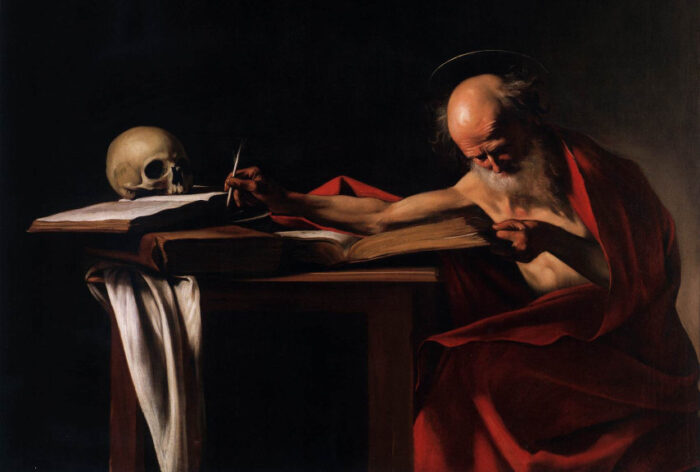
Chiaroscuro: The Dance of Light and Shadow
At the core of Baroque art painting lies chiaroscuro—a technique that contrasts light and shadow to create a heightened sense of realism and depth. This technique lends a three-dimensional quality to the painted subjects, making them appear sculptural and lifelike. The use of chiaroscuro also contributes to the dramatic atmosphere of Baroque paintings, as subjects emerge from the shadows with an almost tangible presence.
In the works of artists like Rembrandt, chiaroscuro takes on a profound role in conveying emotion and psychological depth. His “The Night Watch” demonstrates his mastery of light and shadow, capturing not only the physical features of his subjects but also their inner states of being. The interplay of light in “The Night Watch” adds a sense of movement, as if the figures are frozen in action, inviting viewers to imagine the scenes that led to this dramatic moment.
Emotional Intensity and Spiritual Contemplation
Baroque art painting delved deep into the exploration of human emotion and spiritual contemplation. Artists sought to capture the inner turmoil, passions, and vulnerabilities of their subjects, transcending mere visual representation. This emotional intensity is palpable in works like Artemisia Gentileschi’s “Judith Slaying Holofernes,” where the raw determination and intensity of the biblical heroine’s actions evoke a profound empathy in the viewer. The intricate detailing of the gruesome scene adds a layer of visceral realism that heightens the emotional impact.
Similarly, the spiritual ecstasy depicted in Gian Lorenzo Bernini’s sculptural masterpiece “The Ecstasy of Saint Teresa” epitomizes the Baroque fascination with the spiritual realm. The statue captures a moment of divine revelation, blurring the lines between the earthly and the ethereal. Bernini’s meticulous craftsmanship and attention to detail imbue the sculpture with a sense of dynamism, as if the very fabric of reality is being stretched and transformed.
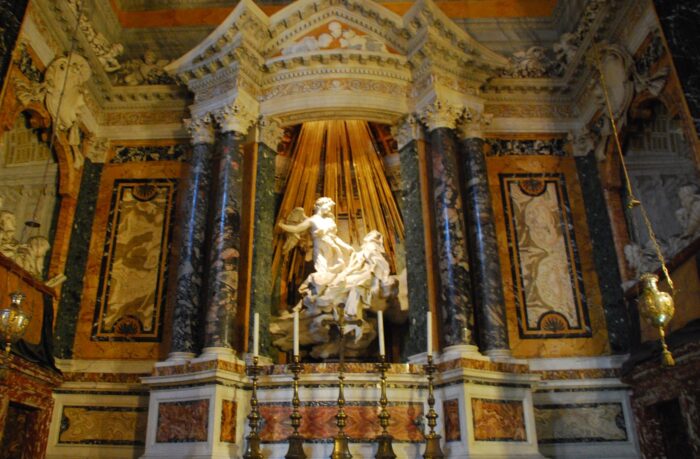
Ornate Details and Rich Symbolism
Baroque art painting is characterized by its intricate detailing and symbolism, often reflecting the ornate sensibilities of the era. Elaborate draperies, intricately designed architectural elements, and opulent backdrops serve as both visual delights and conduits for conveying deeper meanings. Symbols and allegories were seamlessly woven into compositions, inviting viewers to unravel layers of meaning.
Peter Paul Rubens, celebrated for his exuberant style, frequently employed symbolism in his works. In “The Garden of Love,” the elaborate garden setting symbolizes both earthly pleasure and spiritual aspirations, inviting contemplation on the complexities of human desire. The inclusion of mythological figures adds a layer of allegory, encouraging viewers to ponder the intersections of human emotions and divine forces.
Legacy and Influence: A Lasting Artistic Resonance
The legacy of Baroque art painting extends far beyond its historical confines, as its influence continues to reverberate in the art world and beyond. The dynamism, emotional depth, and theatricality characteristic of Baroque painting have left an enduring mark on subsequent artistic movements. The Rococo style, characterized by its ornate and playful aesthetics, evolved from the Baroque period, taking inspiration from its opulence and sensibilities.
Moreover, the essence of Baroque art has transcended into various mediums, including literature, music, and theater. Composers like Johann Sebastian Bach and George Frideric Handel infused their compositions with the same emotional fervor and dramatic intensity that define Baroque paintings. The passion, intensity, and contrast that define Baroque aesthetics find echoes in the compositions of these musical maestros.
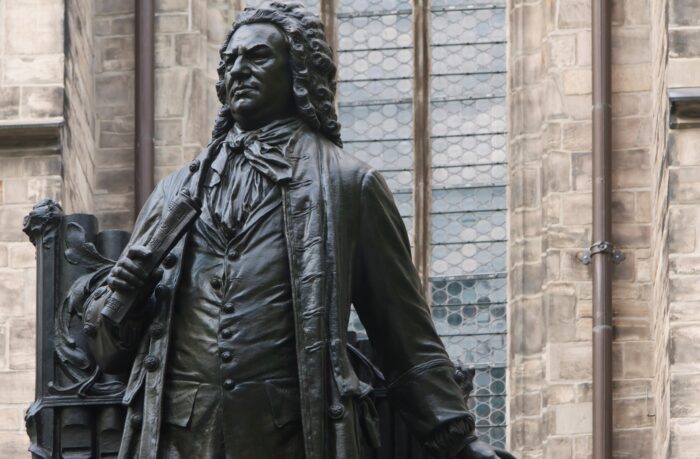
Conclusion
The Baroque era remains an enchanting chapter in the annals of art history, where artists embraced drama, emotion, and technique to forge a distinctive visual language. Baroque art painting, with its dynamic compositions, chiaroscuro mastery, emotional depth, and ornate symbolism, captured the spirit of its time while leaving an indelible imprint on subsequent artistic expressions.
The legacy of the Baroque era serves as a testament to the enduring power of human creativity, inviting us to explore the layers of meaning, emotion, and theatricality that continue to captivate and inspire to this day. As we gaze upon the splendor of Baroque art, we bear witness to the timeless allure of human imagination translated onto canvas, perpetuating a legacy that transcends time and speaks to the very essence of our shared humanity.





